All products featured are independently chosen by us. However, SoundGuys may receive a commission on orders placed through its retail links. See our ethics statement.
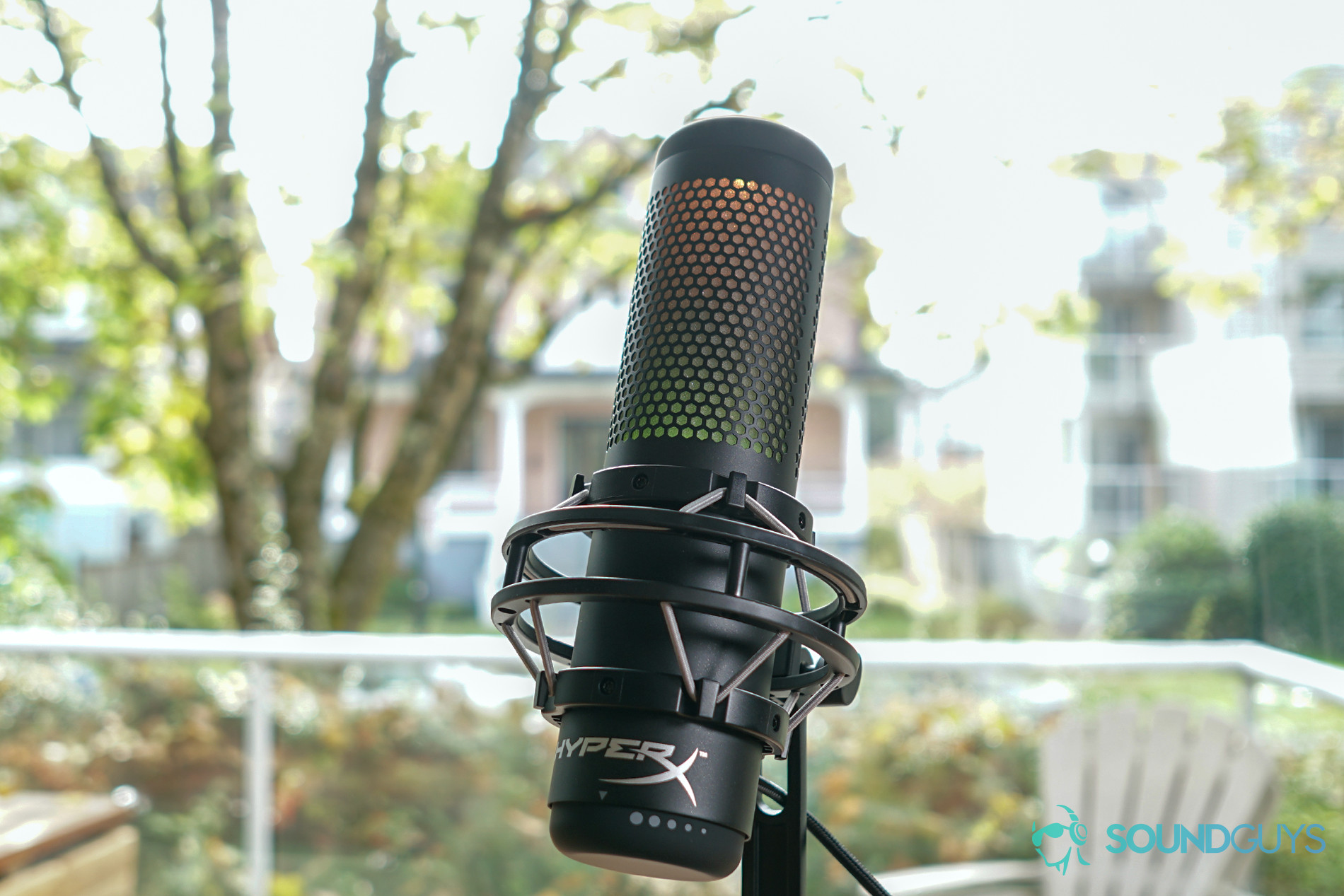

HyperX QuadCast S review
Published onAugust 31, 2023


HyperX Quadcast S
So your Twitch stream has really exploded. Perhaps it’s because everyone has been spending more time at home, or maybe it’s because you’re just so darn engaging—regardless, it may be time to invest in a new standalone gaming microphone. We spent about a week testing out the HyperX QuadCast S and we’re here to share all its ins and outs with you. The QuadCast S is the successor to the beloved HyperX QuadCast. It’s a USB gaming mic with an eye-catching design, but is it any good?
Editor’s note: this HyperX QuadCast S review was updated on August 31, 2023 to update formatting and to reword the software section.
Streamers should pay attention to the QuadCast S for its sound quality, slim design, and Teamspeak and Discord certifications. However, even casual gamers (or even at-home workers) who want clearer audio will appreciate this mic. It can be difficult to find a gaming headset with a good microphone, and having a standalone mic can improve the whole gaming experience for both you and your teammates.
What’s it like to use the HyperX QuadCast S?
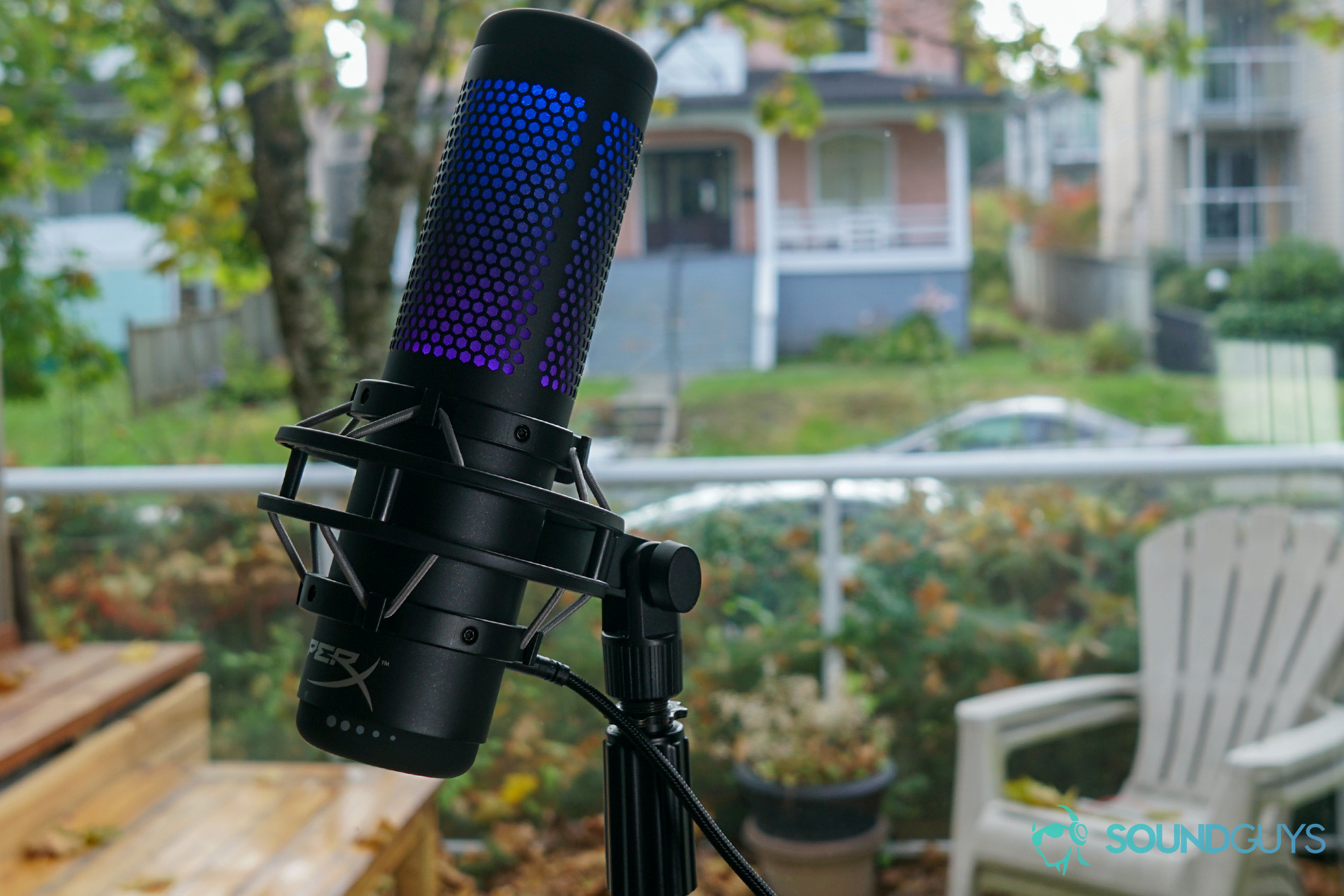
The HyperX QuadCast S is a very fun USB microphone: rainbow LEDs color the microphone beneath its grille. The mic is long and cylindrical, and it has a durable all-metal casing. The USB connection isn’t as durable as an XLR connection, nor does it provide the same quality audio, but it’s much easier to use and shouldn’t be a problem for anyone except the most extreme audiophiles. A layer of foam acts as a pop filter behind the grille, which works just as well as it does on the original HyperX QuadCast.
The microphone comes bolted onto a shock mount, which prevents handling noise and external vibrations from affecting your recording. Unfortunately, you can’t remove it from the shock mount, so its portability is limited. This is fair, though, considering a gaming mic typically lives on your desk. It includes a microphone stand adapter, so you can mount it on a boom mic for greater flexibility.
How do you control the HyperX QuadCast S?

The bottom of the QuadCast S houses a matte dial so you can adjust the gain, and the top is a touch-sensitive mute button. When you mute the mic the LED lights turn off, so you never have to worry if it’s actively recording or not. The back of the microphone houses a USB-C input for plugging in the provided 3-meter USB-C to USB cable. Above the USB-C input is a 3.5mm headphone jack, so you can directly monitor your recording or live stream.
Great question! It depends on what you’re recording. Watch our video above to get a step-by-step walkthrough.
Does the HyperX QuadCast S have multiple recording patterns?
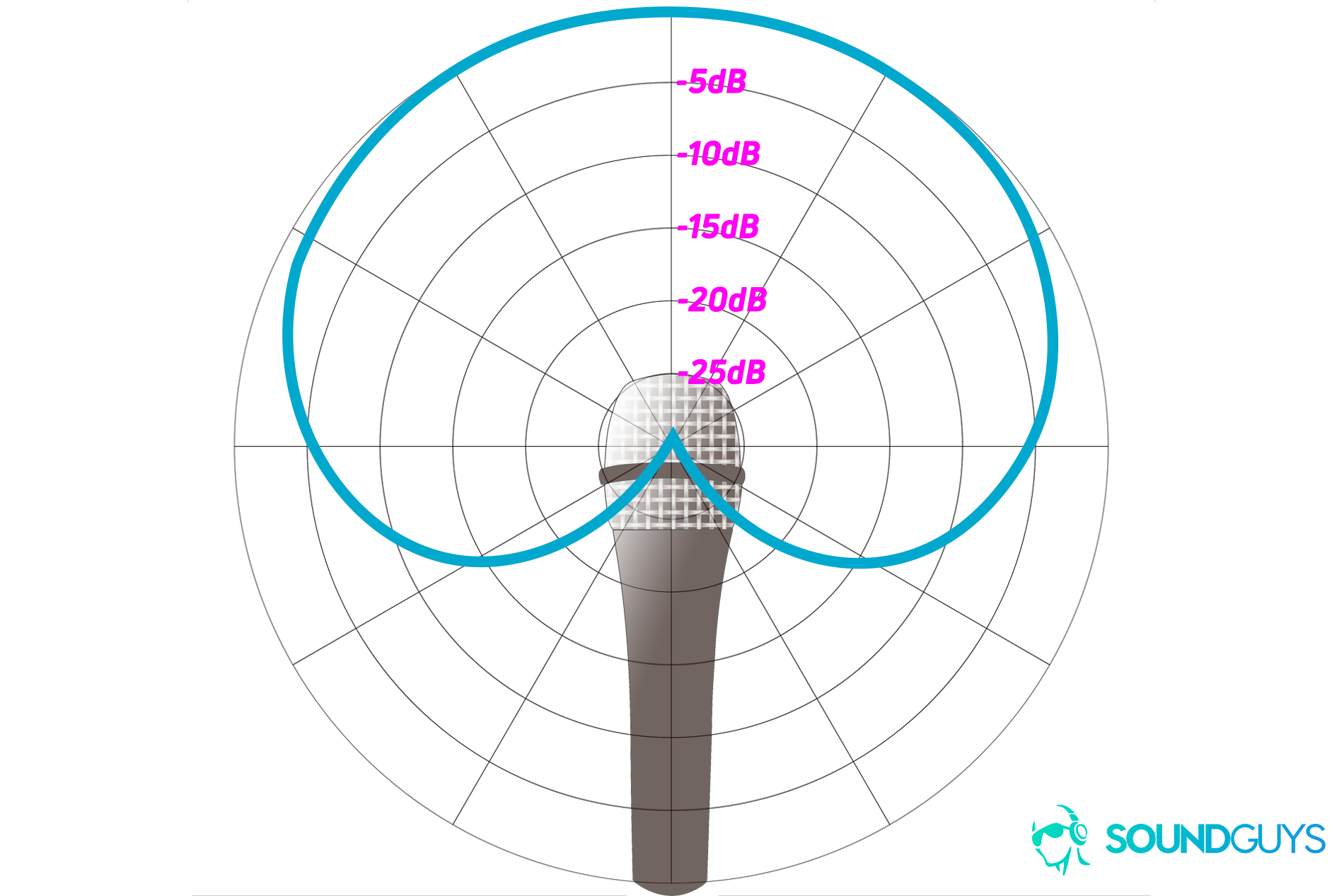
The HyperX QuadCast S has a dial on the back that lets you switch between the four available polar patterns: cardioid, bidirectional, omnidirectional, and stereo. These settings can be useful for different recording types. If you’re interviewing someone who is sitting directly across from you, you’ll want to try the bidirectional setting. This is different from when you’re recording a podcast with just your own voice; in that instance, the cardioid setting is probably the way to go.
Depending on your recording style, you might need to use a pop filter with the QuadCast S. Although the integrated pop filter is nice, it’s imperfect. If you speak into your microphone from any closer than 1 foot, plosives (p-, t-, k- sounds) and fricatives (f- and th- sounds) become a problem. However, when I recorded the microphone demos (below), I was roughly 1 foot from the microphone and you can’t hear any plosives or fricatives.
Should you download the Ngenuity software?
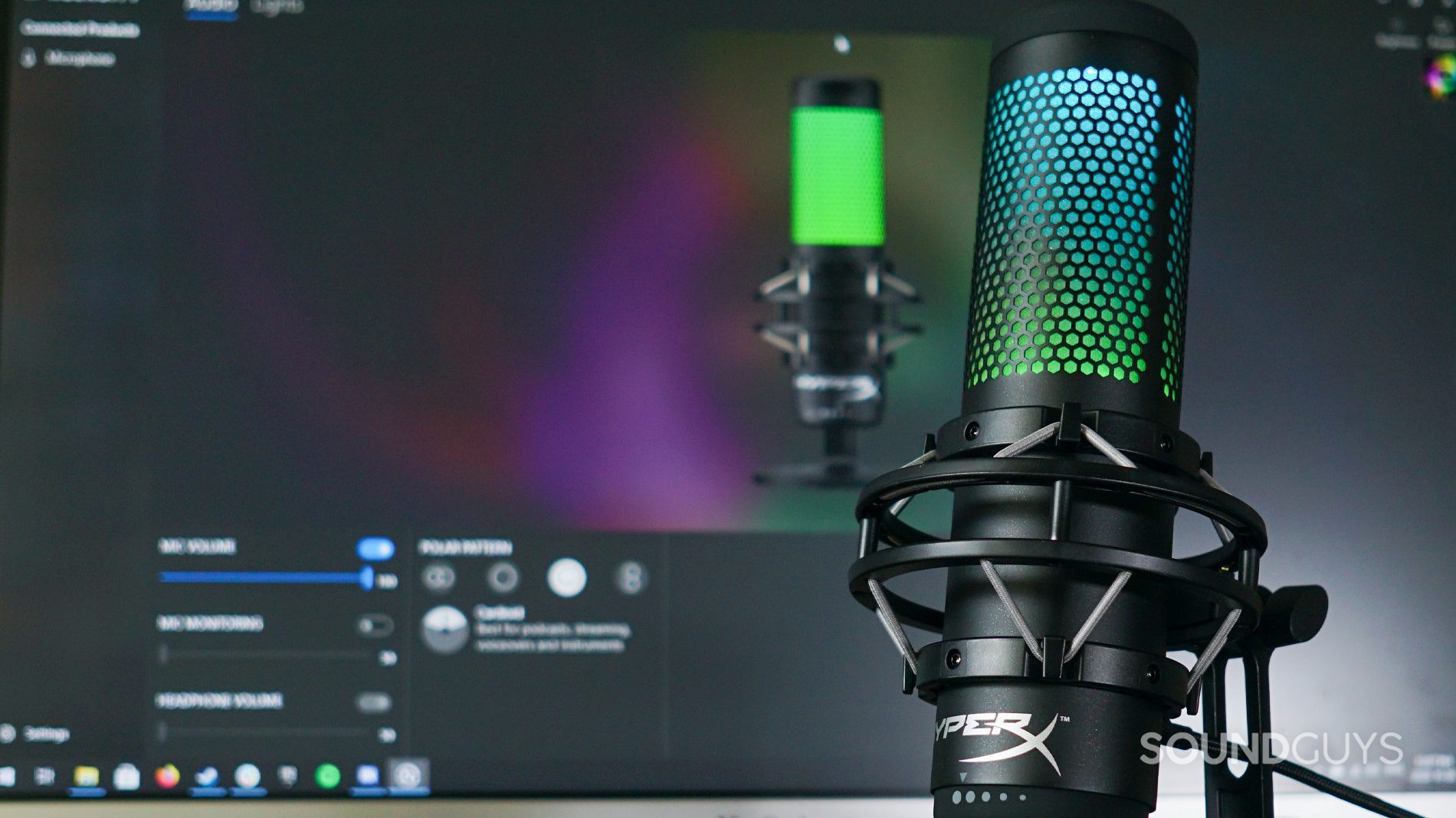
The software options of Ngenuity are nice, but it isn’t required to use the microphone or access any must-have features. If you have a PC, you can download the software much like most other headset and microphone apps, but it isn’t available on MacOS. It’s a bit of a hassle to install—your computer must be registered to a Microsoft account—but it lets you do other things like adjust volume, monitor headphone volume, and indicate which polar pattern is selected. If you want to play around with the light settings, you can set solid colors, gradients, and turn off the lights completely.
How do you connect the HyperX QuadCast S?
The HyperX QuadCast S is a plug-and-play USB microphone that’s compatible with macOS, Windows, PS4, and PS5. It should work with any platform that uses a mic input, but keep in mind that the Ngenuity software is only available on PC.
How does the HyperX QuadCast S sound?
The HyperX QuadCast S records clear audio, and boasts a neutral-leaning frequency response with slightly de-emphasized bass notes to mitigate the proximity effect. The proximity effect refers to the unpleasant amplification and distortion of low-frequency sounds when someone speaks too close to a microphone. You wouldn’t find the proximity effect to be much of an issue here, because it would pick up plosives and fricatives if you came too close anyways. The minor dip at 1kHz prevents your voice from sounding too nasally.
Hyper X QuadCast S cardioid polar pattern:
Hyper X QuadCast S bidirectional polar pattern:
Hyper X QuadCast S omnidirectional polar pattern:
Hyper X QuadCast S stereo polar pattern:
In the microphone demos, I’m sitting at least 25 centimeters from the mic’s capsule. The QuadCast S records my voice just how it sounds, though I do have to decrease the gain knob completely when singing to prevent clipping. It’s not a hassle to move away from the microphone, unless you’re recording in an untreated room. In that instance, the distance between you and the mic introduces more unwanted background noise to the recording.
The QuadCast S records 48kHz/16-bit audio with its three 14mm condensers, which offers plenty of data for post-production. I am pleasantly surprised by the quality of each polar pickup pattern. Many microphones sound noticeably worse when using the omnidirectional setting relative to other recording patterns, but that isn’t the case with the QuadCast S. And while this mic is certainly not meant for recording instruments, I give this a whirl with the acoustic guitar. Listen for yourself:
Hyper X QuadCast S singing sample:
Hyper X QuadCast S acoustic guitar sample:
How does the microphone sound to you?
As of July 11, 2022, 51% of respondents voted that the above microphone samples sound “good” and 40% of respondents voted that they sound “perfect.” That’s not too shabby for a USB microphone.
Hold up! Something’s different:
We’ve made a big improvement to how we demonstrate the microphone performance of products we review. We now use a standardized test setup that plays back pre-recorded phrases from a calibrated artificial mouth in our test chamber, either with or without simulated background noises, simulated reverberant spaces, or artificial wind. This means that samples from every product can be directly compared, which makes it far easier to make meaningful comparisons between products in terms of the raw speech quality or the product’s ability to reject noise. We will also update this review with new frequency response charts. These will be made obvious with our new chart aesthetic (black background instead of white). It will take a while to update our backlog of old test results, but we will update this review (and many others!) once we’re able with improved microphone demos. These will be made obvious in each new sample which begins with the phrase, “This is a SoundGuys standardized microphone demonstration …”
Thank you for bearing with us, and we hope to see you again once we’ve sorted everything out.
Should you buy the HyperX QuadCast S?
All in all, the HyperX QuadCast S is a very good microphone for gamers and podcasters alike, so long as you fancy the mic’s aesthetic. I wish its internal pop filter was more effective and the gain knob could be turned down more, but when the positioning is right, the sound quality is good.


What’s the difference between the HyperX QuadCast S and the HyperX QuadCast?
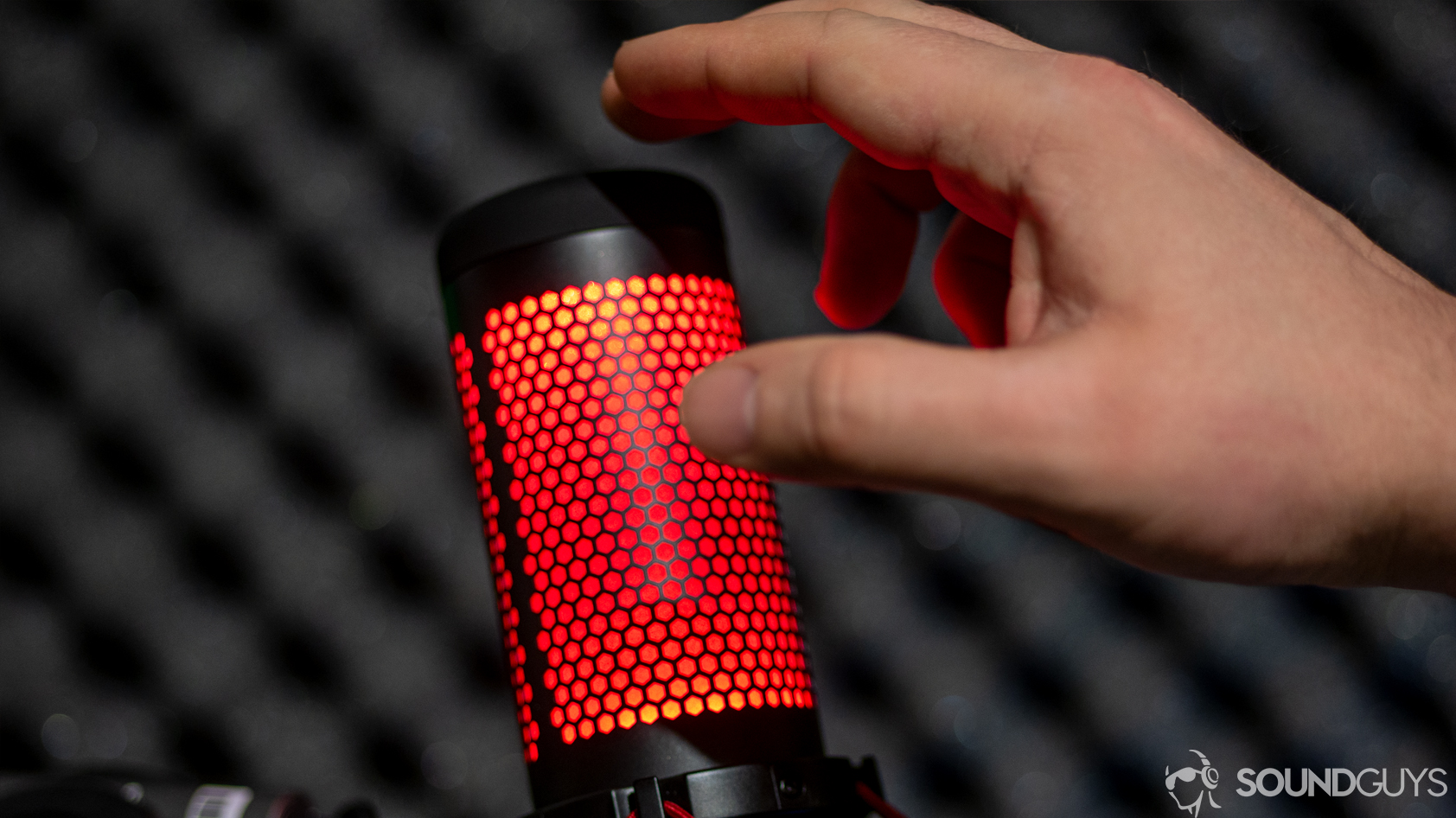
There aren’t many significant differences between the HyperX QuadCast S and its predecessor, the HyperX QuadCast, and the original model is more affordable. However there are some differences between the two models that may be determining factors for certain shoppers.
The QuadCast S has a dynamic RGB color scheme whereas the older QuadCast only glows red. The QuadCast S also supports Ngenuity, allowing you to customize its colors and adjust headphone volume levels whereas the older model isn’t compatible with this software. The QuadCast also plugs in via microUSB whereas the QuadCast S plugs in via USB-C. Lastly, the frequency responses of the two mics are a little different. The QuadCast S attenuates bass frequencies more than the QuadCast, and the QuadCast amplifies high frequencies more than the QuadCast S to make subtle noises (like mouth sounds) easier to hear.
What should you get instead of the HyperX QuadCast S?
The HyperX QuadCast S targets the gaming market, and if you want something with a more subdued design, we recommend turning your attention to the Blue Yeti X. This costs about as much as the QuadCast S, has a readable mic level display, accessible gain knob, and a handful of pickup patterns (stereo, cardioid, omnidirectional, bidirectional).
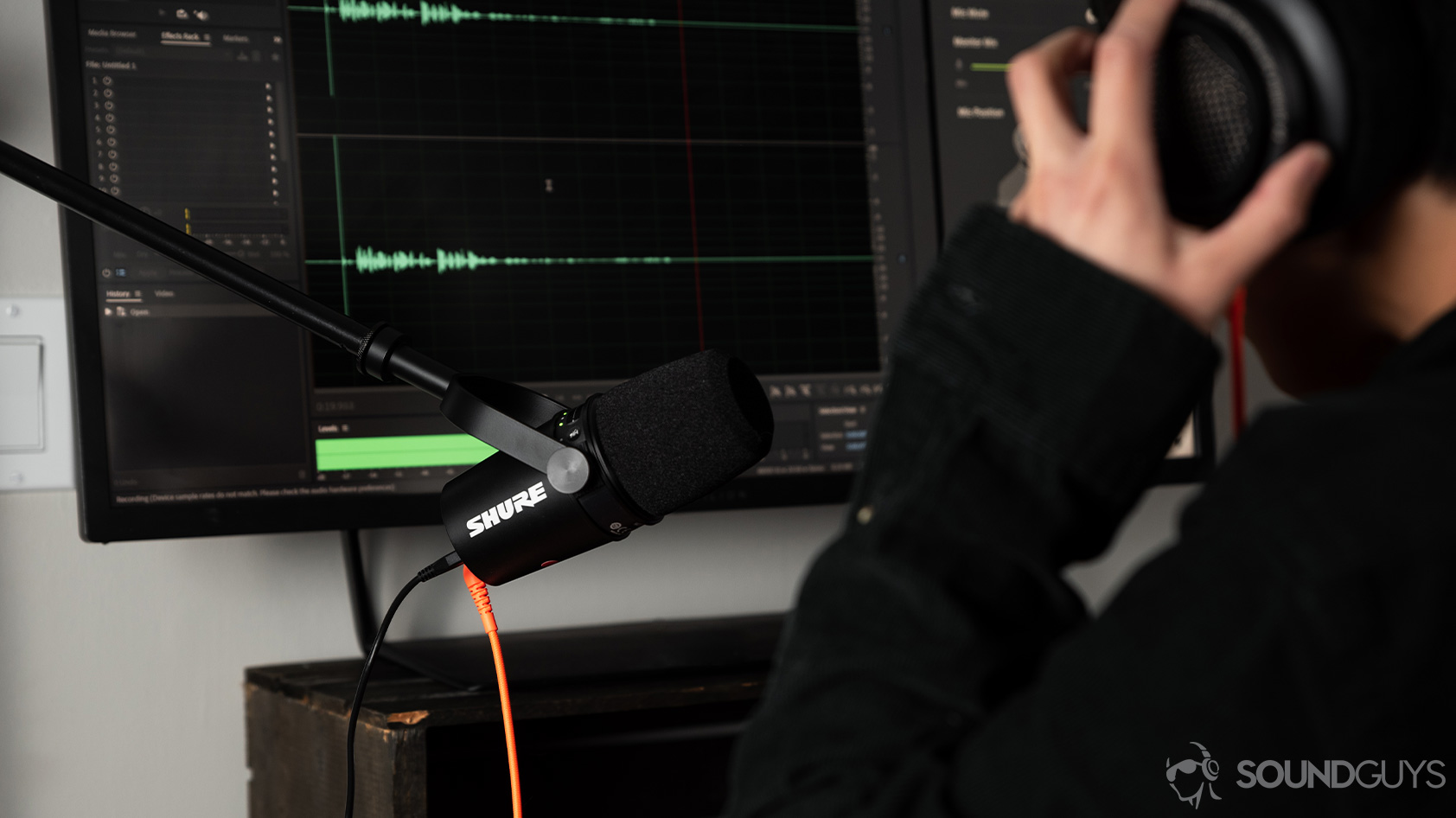
If you’re willing to stretch your budget a bit more for a hybrid USB/XLR microphone, pick up the Shure MV7. With this, you can record two files at once for a high-res file for post-production and a low-res file for reference and redundancy. The onboard interface is easy to understand with its sliding touch bar, and the Shure MOTIV desktop app is great for enthusiasts and professionals. If you don’t care for the spare USB port or software, the Shure MV7X is a great option for $100 USD less. HyperX also now sells an XLR microphone, too—the HyperX ProCast is cheaper than most high-end XLR mics, but $179 at Amazon, it’s a pretty big jump in price from the QuadCast S.
If the HyperX microphone look is doing it for you, but you don’t feel like shelling out quite so much for a microphone, the HyperX DuoCast could be just the thing. This USB microphone features two pickup patters—omnidirectional and cardioid—instead of the QuadCast’s four, and a more substantial shock mount than something like the HyperX SoloCast. Basically, it’s $100 USD that nestles neatly in the middle of the HyperX microphone stable.
Frequently asked questions about the HyperX QuadCast S
Yes, the HyperX QuadCast S is definitely good enough for YouTube and Discord streamers. Be aware, however, that the LEDs shine brightly and you may want to disable this through NGenuity.
Yes, the HyperX QuadCast S has an integrated pop filter, but you may want to purchase an external one.
The Blue Yeti Nano takes a much less gaudy approach to USB microphones, lacking the RGB color scheme that the QuadCast S proudly sports. The Blue Yeti Nano is a portable little mic that is lightweight but unfortunately not very sturdy. If you’re as clumsy as I am, it’s likely that you’ll knock it off your desk once or twice. It has cardioid and omnidirectional polar patterns as well as an onboard volume control knob. Like the QuadCast S, it comes with a companion software, called Blue Sherpa, which you can use to adjust the gain level, EQ the mic’s sound signature, and more. If you want something cheaper, subtler, and more portable than the QuadCast S, the Blue Yeti Nano is a great alternative.